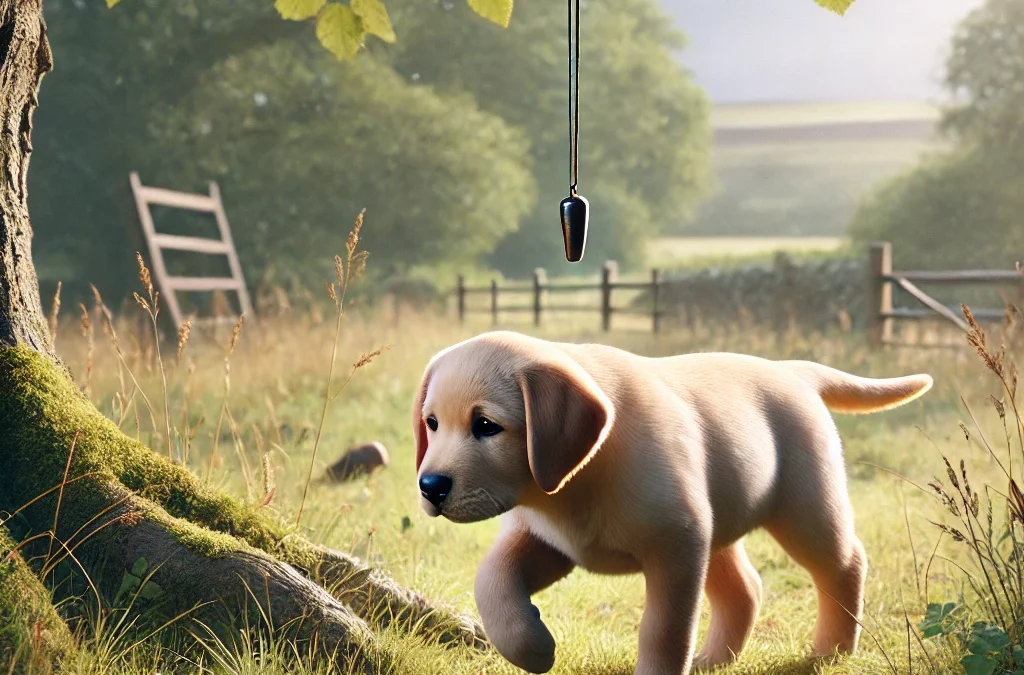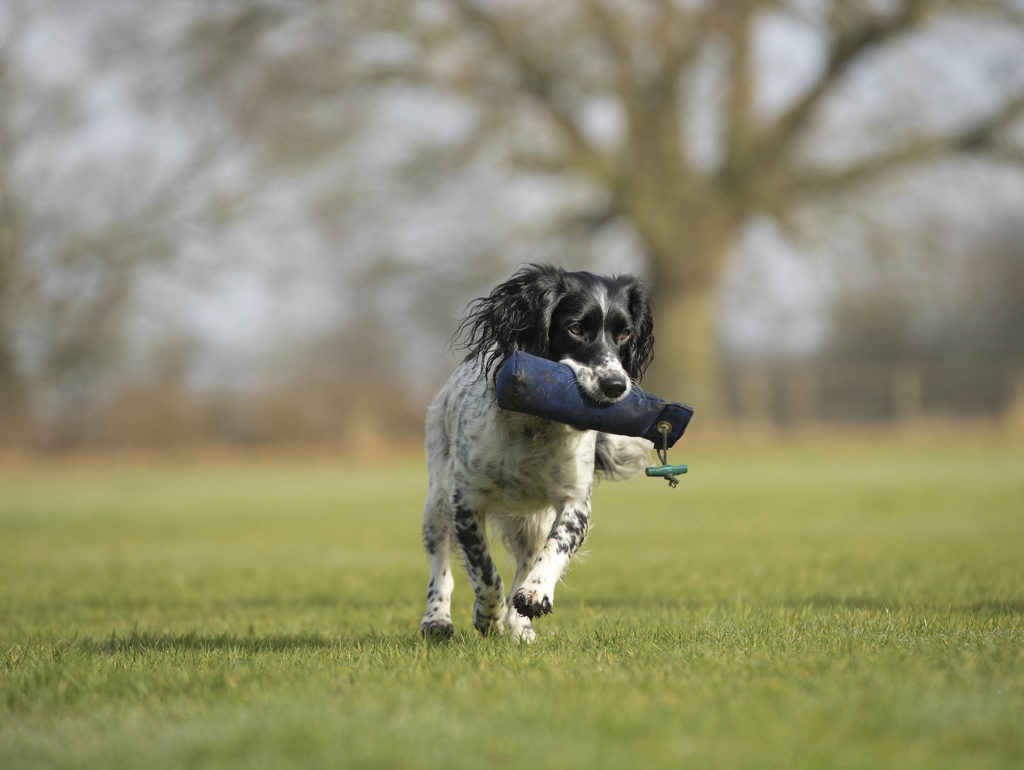Puppy Exercise Guidelines: A Complete Guide to Healthy Activity
Exercising your puppy is one of the most important aspects of raising a happy, healthy dog. But how much exercise is the right amount? Many owners are told to follow the “5-minute rule” — five minutes of activity per month of age — but this oversimplified guideline often leads to confusion and, in some cases, unintended harm.
As a positive gundog trainer specializing in Labrador Retrievers, I frequently hear questions about puppy exercise. Let’s break down the facts, dispel the myths, and create a plan that suits your puppy’s unique needs.
Why Puppy Exercise Guidelines Are Essential
Puppies aren’t just smaller versions of adult dogs; their bodies are still developing, which means their exercise needs are very different. Key to this development are growth plates — soft areas at the ends of long bones. These plates remain open and vulnerable until they close around 12-18 months of age, depending on the breed. Excessive or high-impact exercise during this stage can damage growth plates and lead to long-term health issues.
Proper exercise helps puppies build strength, coordination, and confidence while also providing mental stimulation. Following tailored puppy exercise guidelines ensures you’re supporting your pup’s development without putting their health at risk.
The Flaws of the 5-Minute Rule
The “5-minute rule” suggests limiting a puppy’s daily exercise to five minutes per month of age. While this may seem simple and safe, it fails to consider:
- Breed Differences: High-energy breeds like Labradors and Spaniels often need more physical and mental stimulation than this rule allows.
- Temperament: Some puppies are naturally more energetic, while others may be calmer.
- Type of Exercise: A slow walk on soft grass is very different from repetitive high-impact activities like running on hard surfaces.
For example, a high-energy Labrador puppy might become frustrated and develop unwanted behaviors if limited to just 15 minutes of daily exercise at 3 months old. On the other hand, a smaller or less active breed might find this amount overwhelming.
For more detailed insights, you can refer to the original source: Madcap University – Puppy Fitness That Fits the Puppy.
Tailored Puppy Exercise Guidelines
Instead of rigid rules, focus on a balanced approach that considers your puppy’s age, breed, and energy levels. Here are some safe and effective ways to exercise your puppy:
1. Free Play
Allow your puppy to engage in self-directed play, whether it’s exploring your garden, playing with toys, or interacting with other dogs. Puppies naturally take breaks when they’re tired, making free play an excellent way to prevent overexertion.
2. Mental Stimulation
Training sessions, problem-solving games, and scent work are just as tiring as physical exercise. These activities also help build focus and confidence, which are essential for gundog work and everyday life.
3. Controlled Walks
Take short, varied walks that let your puppy explore at their own pace. Focus on introducing them to new environments and gentle socialization rather than covering long distances.
4. Low-Impact Activities
Exercises like walking on soft surfaces, practicing basic training commands, or navigating small obstacles can build strength without putting stress on growing joints.
Recognizing Signs of Overexertion
It’s crucial to monitor your puppy during exercise to ensure they’re not overdoing it. Look out for these signs:
- Lagging behind or lying down during a walk
- Excessive panting or drooling
- Limping or stiffness after activity
- Reluctance to continue playing or walking
If you notice any of these signs, stop the activity immediately and allow your puppy to rest. Always prioritize their well-being over sticking to a schedule.
How Following Puppy Exercise Guidelines Benefits You
Adhering to age-appropriate exercise routines not only protects your puppy’s health but also:
- Reduces the risk of behavioral problems caused by boredom or frustration.
- Builds a stronger bond between you and your puppy through interactive play and training.
- Sets the foundation for a fit, focused, and well-behaved adult dog, whether as a family companion or a working gundog.
Join Our Upcoming Puppy Training Course
To help you implement these puppy exercise guidelines, I’m excited to announce our upcoming puppy training course starting in January. This 5-week program is designed to:
- Teach age-appropriate exercise techniques.
- Build focus and confidence through positive training.
- Guide you in raising a happy, healthy puppy ready for life’s adventures.
Spaces are limited, so secure your spot today and give your puppy the best start in life!
Conclusion
Puppy exercise isn’t about following one-size-fits-all rules; it’s about understanding your puppy’s unique needs and supporting their growth with balanced, age-appropriate activities. By following tailored puppy exercise guidelines, you can set your pup up for a lifetime of health, happiness, and success.
Gundog Training Courses
Have you got a gundog breed at home? Would you like to train him/her for the shooting field, or would you just like to train your dog to a high level? I can help with these scenarios.
Puppy Training Courses
When you first bring a puppy home it can be very exciting but daunting all at the same time, so I am on hand to come and guide you through those key canine development stages to ensure that your puppy grows up to be well-mannered.



